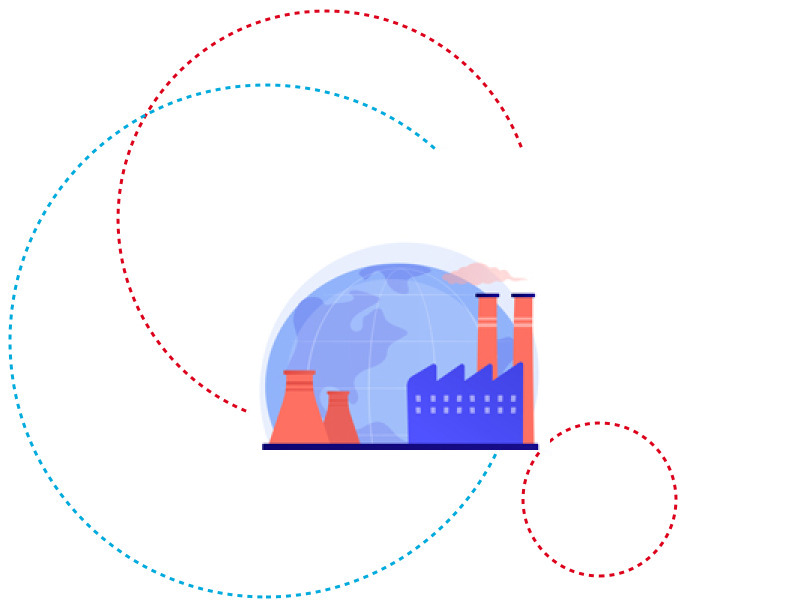An international group of scientists are highlighting the broad impacts of chemical pollution on ecosystems to decision makers as negotiations continue on a new international agreement to protect biodiversity.
Draft framework limited to nutrients, pesticides and plastics
The next round of discussions on the Post-2020 Global Biodiversity Framework will take place on 21-26 June in Nairobi, Kenya. In a Science, environmental scientists, ecologists, and policy experts emphasise that the draft agreement fails to account for the immense diversity of chemicals that pollute the environment, impact biodiversity and threaten the health of ecosystems worldwide.
Lead authors, Dr Gabriel Sigmund, group leader in the Centre for Microbiology and Environmental Systems Science at the University of Vienna and Dr Ksenia Groh, head of the bioanalytics group at the Swiss Federal Institute of Aquatic Science and Technology, comment: “Although the draft framework mentions chemical pollution, it falls short on a number of important points, by limiting itself to nutrients, pesticides and plastics, while many chemicals of high concern and importance are left out of the equation.”
A variety of pollutants and a multitude of potential effects
Understanding environmental exposures and their consequences is a formidable task because of the variety of pollutants and multitude of potential effects. “It is critical to consider the exposure to numerous chemicals and their impacts on living organisms, as well as the influence of their transformation products and of the mixtures found in our environment,” details Adelene Lai, member of the Environmental Cheminformatics group from the Luxembourg Centre for Systems Biomedicine (LCSB) at the University of Luxembourg and co-author of the letter.
“For example, we recently reviewed substances of Unknown or Variable composition, Complex reaction products or Biological materials (UVCB), which are still poorly characterised but are highly environmentally relevant. The complex interactions between them and living organisms can have negative impacts on biodiversity.” Lai and colleagues recently highlighted that UVCBs constitute 20-40% of all registered chemical substances, but that their identities are often ambiguous or unknown. “This is why we are calling on negotiators and the wider community to consider this evidence and broaden the scope of the biodiversity targets to reflect the complexity of chemical pollution.”
The chemical groups currently considered under the draft biodiversity framework are all important threats to biodiversity. However, the scientists say the list is simply not extensive enough. Among the plethora of polluting chemicals that are not currently considered in this agreement are toxic metals like mercury, persistent pollutants such as per- and polyfluoroalkyl substances (PFAS), chemicals from consumer products and pharmaceuticals which are widely found in the environment.
Plants and animals exposed to chemicals are at risk
For example, populations of orca whales off the coasts of Canada, Brazil, Japan and Gibraltar are threatened because of high levels of industrial chemicals in their bodies. Substances used as flame retardants and the “forever” PFAS chemicals are causing behavioural and other physiological changes in a range of animals from polar bears to songbirds that can threaten their ability to reproduce. To make matters worse, plants and animals exposed to toxic chemicals are at yet greater risk as climate change imposes the stress of higher temperatures and can threaten their food supplies.
“The irrefutable evidence of a cocktail of chemical pollutants found in every ecosystem of the world, including remote Arctic, Antarctic and Himalayan ecosystems, should compel negotiators of the new biodiversity framework to include these as threats to global biodiversity” says co-author Miriam Diamond, professor in the Department of Earth Sciences and School of the Environment at the University of Toronto.
The letter calls for a collaborative effort among interdisciplinary research teams to comprehensively address these complex interactions, as neither the scientific community nor funding agencies have yet fully recognised or adequately responded to this need while biodiversity plummets in many areas of the world.
References:
Gabriel Sigmund, Marlene Ågerstrand, Tomas Brodin, Miriam L. Diamond, Walter R. Erdelen, David C. Evers, Adelene Lai, Matthias C. Rillig, Andreas Schaeffer, Anna Soehl, João Paulo M. Torres, Zhanyun Wang, Ksenia J. Groh, Broaden chemicals scope in biodiversity targets, Science, 17 June 2022.
Adelene Lai, Alex M. Clark, Beate I. Escher, Marc Fernandez, Leah R. McEwen, Zhenyu Tian, Zhanyun Wang, and Emma L. Schymanski, The Next Frontier of Environmental Unknowns: Substances of Unknown or Variable Composition, Complex Reaction Products, or Biological Materials (UVCBs), Environmental Science & Technology, 9 May 2022.
The Science article was co-initiated by the International Panel on Chemical Pollution.
Designed by vectorjuice / Freepik